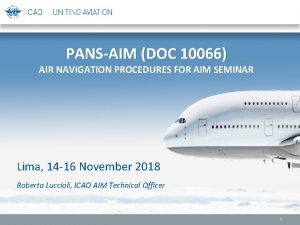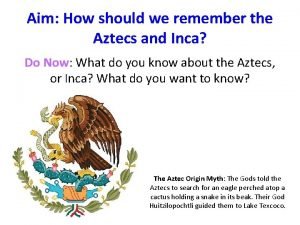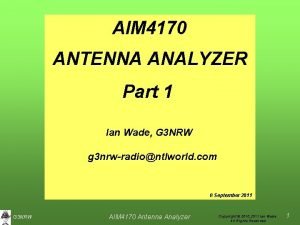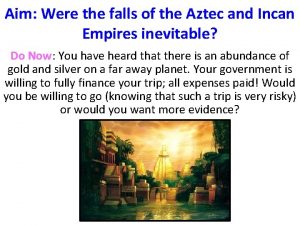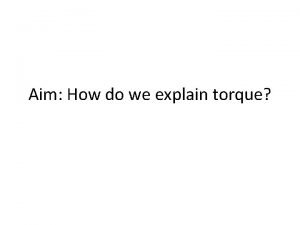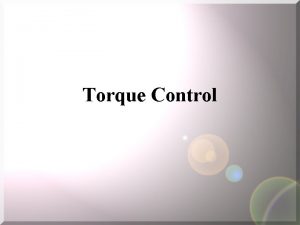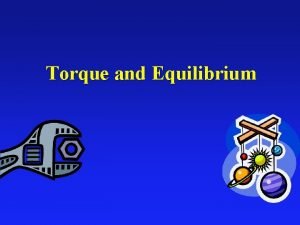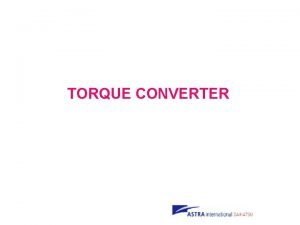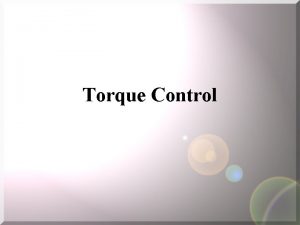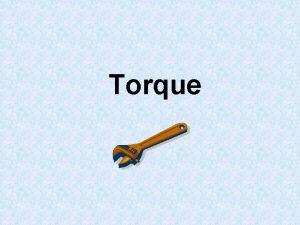Aim How do we explain torque Torque Thought







- Slides: 7

Aim: How do we explain torque?

Torque Thought Question 1 The horizontal bar is currently in static equilibrium. If the angle between the bar and force F 2 is decreased from 90 degrees, should the magnitude of F 2 be increased, decreased, or left the same in order to keep the bar in static equilibrium? The magnitude of F 2 must be increased

Torque Thought Question 2 All of the forces acting on the merry go round are of equal magnitude. The square merry go round can rotate about point P at midlength about one of the edges. Rank the forces in order of the torques they exert (Greatest to Least) F 4=F 5>F 2>F 1>F 3

Newton’s 2 nd Law of Rotational Motion The net torque on a rigid body about an axis is equal to the rotational inertia of that body about the axis multiplied by the angular acceleration of the rigid body. τ=Iα

Thought Question 3 Rank the angular accelerations of the bar from greatest to least when φ is equal to 70 degrees, 90 degrees, and 110 degrees. At 90 degrees, the angular acceleration is the greatest and the angular acceleration is the same at 70 degrees and 110 degrees.

Problem 4 a A disk shaped rotating flywheel has a radius of 2 m and a total mass of 5 kg. A torque of 20 N m is applied tangential to the wheel. What is its angular acceleration? τ=Iα I=1/2 MR 2=1/2(5)(2)2 = 10 kg m 2 20=10 α α=2 rad/s 2

Problem 4 b A force of 5. 0 N is applied tangent to the edge of a sphere of radius 0. 8 m and mass 3. 0 kg. Calculate the torque produced by this force and the resulting angular acceleration of the sphere. Recall that Icm = 2/5 MR 2 for a sphere. τ=Iα τ=r. F=0. 8(5)=4 Nm I=2/5 MR 2=2/5(3)(0. 8)2 =0. 768 kg m 2 τ=Iα 4=0. 768α α=5. 2 rad/s 2



